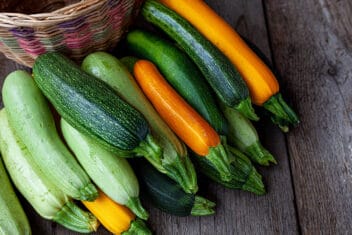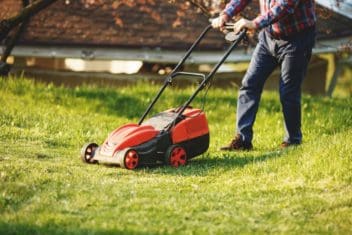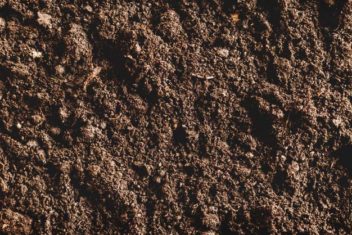You’re driving down the road, and you see your neighbor’s beautiful garden. Only this time, it looks a little different.
This time, there are little white floating tunnels. If you’ve been gardening for long, you may know precisely what these floating tunnels are. If not, you may be confused.
These are called row covers. They’re handy for a variety of reasons, are easy to use, can be made yourself, and have only a few ways you can mess them up.
Here’s all you should know about using row covers in your garden:
When to Use Row Covers
Row covers are handy additions to many gardens. They are used for a variety of reasons. Here are a few ways you can use them to benefit your garden:
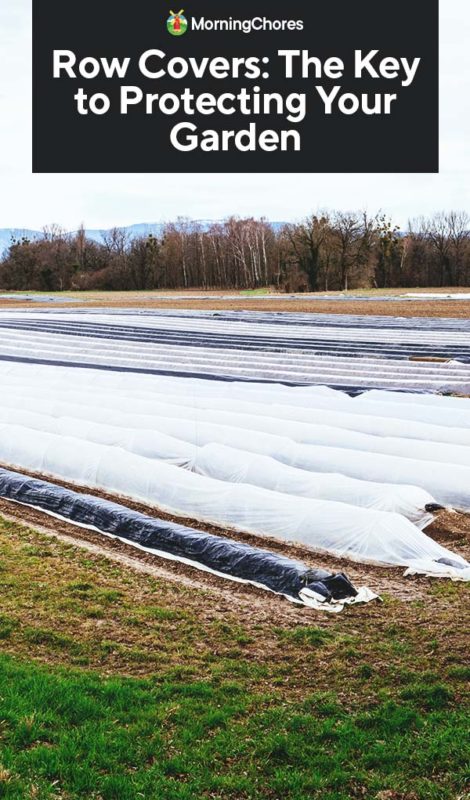
1. Cross-Pollination
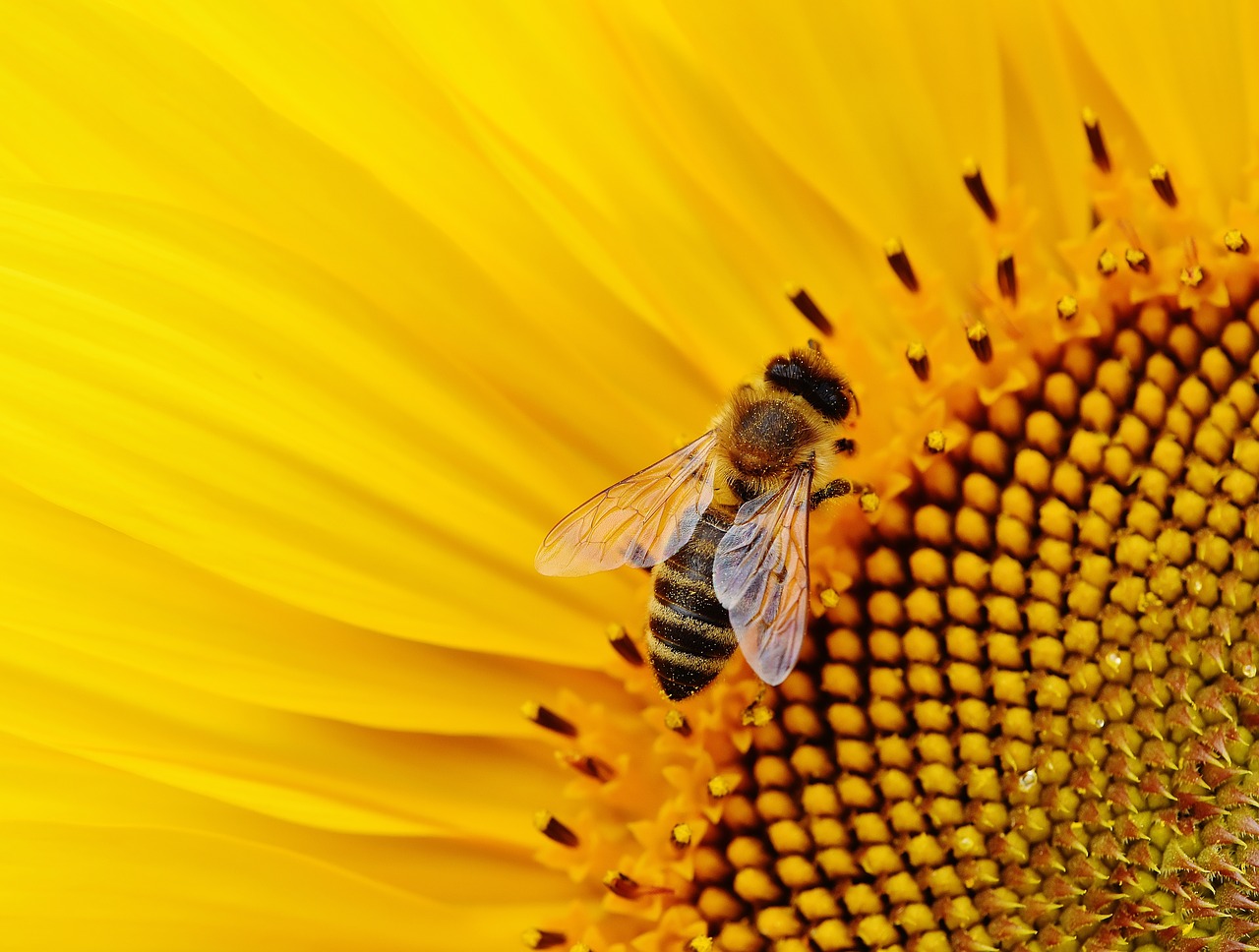
If you want to save your seeds and would like to avoid raising hybrids, it’s important to prevent cross-pollination.
One way of doing this is to cover the plants with row covers. They will stop the wind from pollinating the plants and also deter bees in some cases.
2. Pest Protection
There are some plants that become ravaged by certain pests at a particular point in the growing season. One such a plant is squash.
Squash bugs readily attack them especially if they’ve overwintered in your crops. As the eggs hatch, your squash becomes their goal. If you know the time they begin to move in on your squash, you can be proactive by adding row covers to deter the pests from attacking your squash.
Once the threat has passed, you can remove them and treat your vegetables for pests as you would the rest of the growing season.
3. Start Crops Earlier
Row covers are like small hoop houses. They add extra heat which allows you to start crops earlier in the season.
Therefore, if you wish to grow a heartier vegetable such as spinach, you could place a row cover over it for extra heat and start it weeks sooner.
4. Prolong Grow Season
As you would use row covers to start crops sooner, you can do the same thing to prolong the growing season. They are a great way to keep frost off your plants.
Therefore, if you have a fantastic crop you’re afraid the frost will kill off, throw a cover over it, and offer protection.
5. Overwinter Crops
Do you live in a milder area? Perhaps zone 7 or higher? Well, you probably have milder winter climates. You can use row covers over the winter months in these areas most of the time.
They allow you to overwinter crops that are heartier. This will keep the winter elements off of the crop while also offering more protection and warmth.
6. Sun Protection
Do you live in an area where the sun can scorch your plants at certain times of the year? Row covers could be a help.
Instead of allowing the sun to scorch your plants, place covers over them. The covers will offer some protection from the unbearable heat.
However, be sure you properly ventilate the row cover because if there’s no room for airflow, the sun will turn them into a greenhouse and cook your plants.
7. Hold Mulch in Place
Row covers are a great way to keep mulch in its place. When you distribute mulch around your plants, the wind will sometimes move it around.
Instead, place a row cover over any crops you recently mulched. It will help block the elements and keep mulch where you intended it to be.
This would be of good use around small plants or flowers in your garden where you’re trying to keep weeds down. This wouldn’t be a good choice if you’re mulching around the whole landscape.
How to Use Row Covers
Using row covers is a simple process. If you purchase row covers, it should come with the parts to form hoops to support the cover.
Place the hoops in the ground far enough apart to stretch the length of a row, but close enough together the material won’t smother the crop.
Once the hoops are set up, spread the material out over them to form a row covering.
However, if you make your own row covers, place stakes in the ground to support the material. Once the stakes are spread evenly apart, slip the cloth over them to offer cover.
When everything is in place, place weighted items on the outside of the covering to keep it in place. Be sure to water, weed, and fertilize your plants as you usually would while the covers are in place.
It’s also important to note, row covers can be used for different lengths of time depending upon their purpose. If you’re installing them to start a crop early, when the normal growing season begins, you should remove the cover. This will help to ensure you don’t smother your crop from too much heat.
At some point, the temperatures outside will warm up enough to sustain the crop, and you don’t want the cover to become a hothouse and suffocate the plant.
If you’re using them to extend the growing season, you shouldn’t have to worry about the crop suffocating because it’ll require the additional warmth to sustain itself.
Also, if you’re using a row cover to block cross-pollination or to protect from pests, remember to open them enough to where the crop can still receive enough air to where they won’t cook under the row covers.
Please remember to water your plants more too, if you’re using covers during the hotter part of a growing season because they’ll most likely need it.
When the pests have left your garden, remove the covers. If you’re using row covers to avoid cross-pollination when the plant finishes blooming and begins to produce, remove them to allow the crop a chance at natural sunlight and fresh air.
Ventilation is key when using row covers.
Alternative Row Covers
If row covers sound like just the solution your garden needs, you should know you don’t have to use store-bought row covers for them to be effective. Here are a few DIY options for row covers:
1. PVC Pipe and Plastic
If you like the way store-bought row covers looks, but you aren’t a fan of the price, consider making your own.
You can use a stake in the ground on either side of the row. Slide a piece of PVC pipe over the stake and allow it to form your hoop. When finished, add a piece of plastic over the top and put rocks on the side for weights.
This alternative cover would be a great option if you’re looking to extend the growing season or offer protection from pests.
Remember to use proper ventilation techniques when the temperatures rise to make sure you don’t accidentally suffocate your plants.
2. Old Sheets
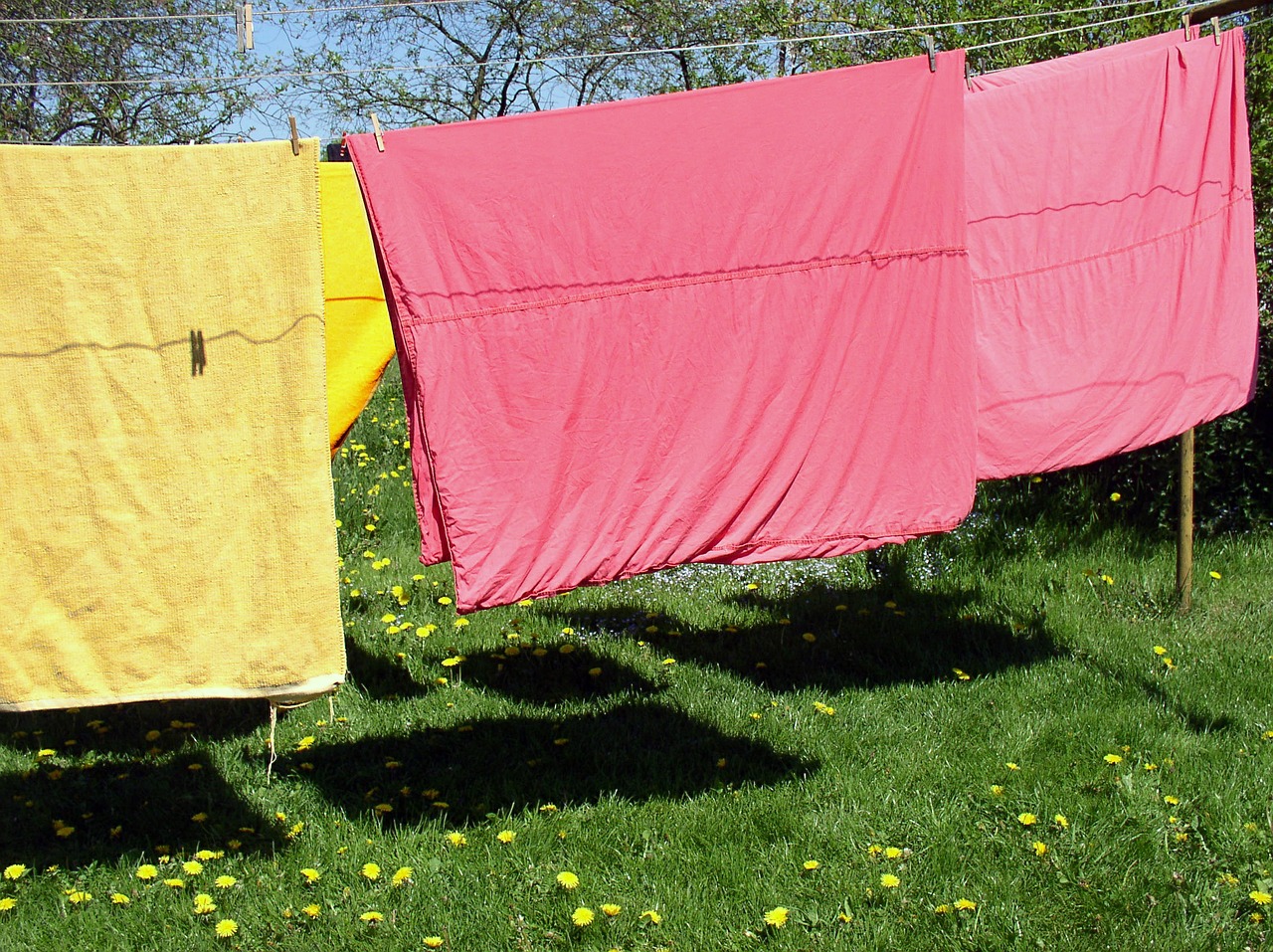
If you don’t like the idea of using plastic for row covers, place stakes in the ground on either side of the row. Throw an old bed sheet over the stakes.
Secure the sheet to the stakes to make sure it stays draped over the plants. Add bricks or rocks to the side of the sheet to make sure it stays in place.
3. Tarp
You can use the ideas referenced above to create your own row covers. In this case, use a tarp in the place of a bed sheet or plastic.
Tarps are inexpensive and this would be a great way to upcycle a tarp that is no longer in use around your home.
4. Blankets
Row covers are an excellent protectant against frost. We planted our garden earlier this past year and ran into an issue with a late frost.
Well, instead of losing all we had planted, we placed stakes at random points in the row and tossed blankets over the crops.
The stakes held the blankets off the crops. We also put rocks on the edges of the draped sheets to keep them in place.
Blankets are a wonderful protectant against the frost. However, be sure to remove them the next day when the threat of frost has passed.
Put the row covers back in place at night if frost threatens the crop again.
5. Towels
As you would use a blanket, you can use towels to protect or cover your crops. Again, place stakes at random points in the row to support the weight of the towels.
Once done, toss the towels over the row. Be sure to put weight on the towels’ edges to keep them in place.
6. Fabric
Another option for a DIY row cover is to use stakes (as mentioned above) and place fabric over the stakes.
My mother-in-law was a crafty woman who had scrap fabric on hand regularly. Instead of allowing the fabric to go to waste, we’d piece it together and use it as a makeshift cover.
Troubleshooting Row Covers
Using row covers seems to be a straight-forward process, but I wanted to be sure to cover any mishaps you may suffer when using them.
For this, I reached out to the homesteading community and asked what issues they may have had when using row covers (because truthfully, I haven’t had a problem using row covers.) Here are a few things to watch out for when using row covers:
1. Add Some Weight
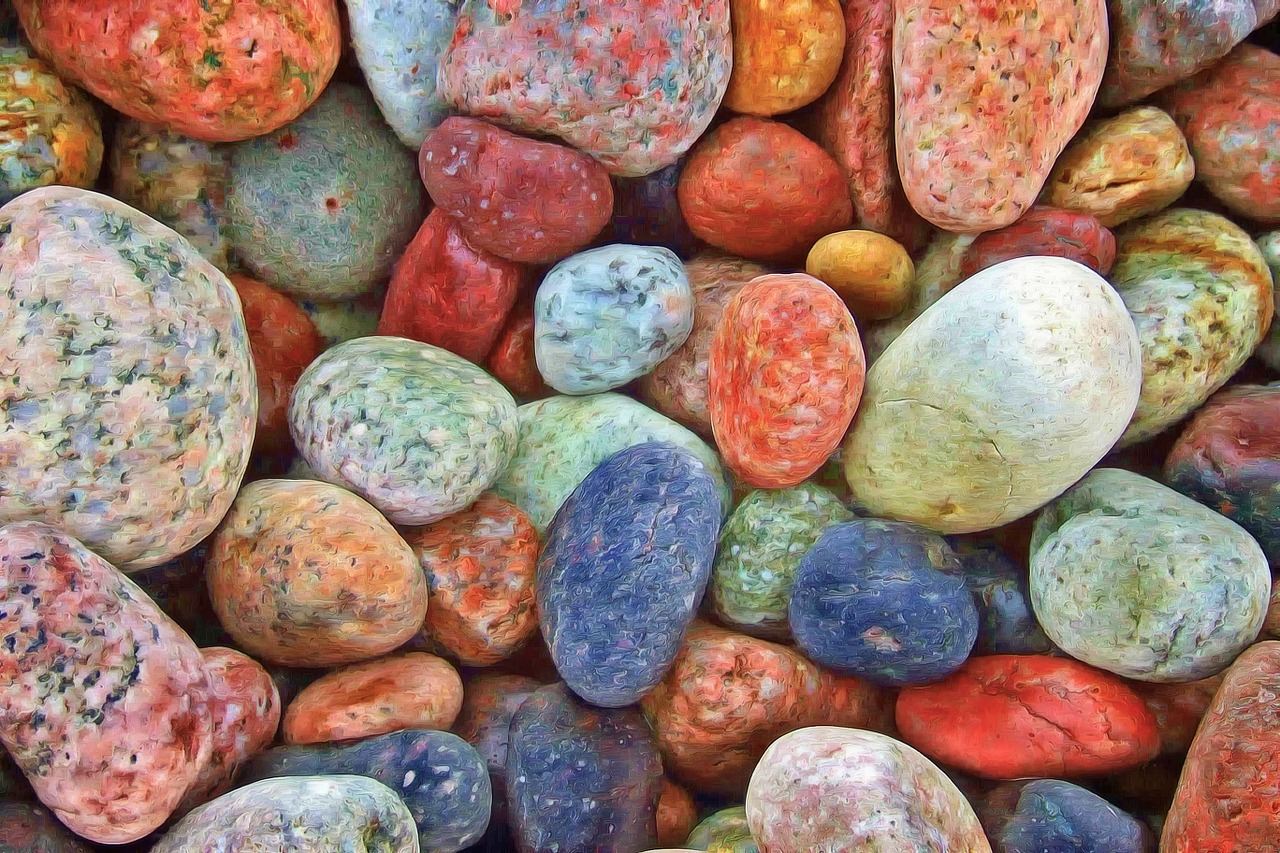
The overwhelming answer I received was to make sure you used enough weight to keep the covering material in place. You can use rocks, bricks, or even boards. Some prefer boards because they’re easier to move around when needed.
2. Ventilation is Key
Some people recommend going with a fabric (like cotton) which breaths. If you choose to go with a plastic material for your row cover, be sure to open the rows up during the day to provide proper ventilation.
As I’ve already mentioned above, the risk of using covers with your plants is smothering them if the temperatures become too warm.
Therefore, be cautious and make sure once any risk of pests or frost has passed, to open up the row covers or remove them altogether to give the plants time to breathe.
3. Leave Some Room
If you’re choosing to use row covers to start a crop early or prolong a growing season, be sure to leave room for the crops to grow. If you don’t, it could either suffocate the plant or damage it because of a lack of growing room.
4. Only for Specific Times
Row covers are a wonderful gardening tool if used correctly. However, they aren’t meant to be a year-round part of your garden.
They’re wonderful to help start crops early or allow them to grow late. They’re also great for temporary use as a protectant against pests.
Please remember to only use them for shorter time periods because if used too long they can block pollination altogether.
Most plants depend upon pollination to grow. If you’re covering a plant that requires external pollination, they won’t grow. Therefore, you should either pollinate by hand or remove the row cover.
Also, if you use row covers during times of extreme heat, remember to water the crops more than you normally would because row covers act like small hothouses.
If they are left over the crops during these times, it can smother them from the heat. Again, this is when you would either remove them altogether or open them up for greater ventilation. Plus, incorporate the additional water.
As you can tell, row covers are a simple gardening tool you can easily incorporate into your gardening routine. Though they’re easy to use, you still must use them properly to help your plant.
Otherwise, it could achieve quite the opposite effect. You now know how to use row covers, what they’re good for, DIY options for row covers, and a few troubleshooting tips.




